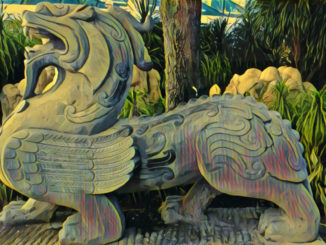There’s something I’ve been meaning to tell Swiss Bob but haven’t got round to. Perhaps you could oblige? Next time you bump into him, drop into the conversation that, after two years sitting around on a modest retainer, they’ve put me back in harness. I don’t think it will interfere with my Going-Postal work. In some ways, there’s less to do not more. Staring at barred windows 4,500 miles from home demands a greater, not lesser, call to words. As for the comms, not ideal but superior to Virgin Media’s offer in suburban northern England.
At least I’m not trapped on a luxury cruise in the Bahamas like my colleagues Worthing Gooner and Larry. Apparently, wifi from West Indies Station is gruesome which is why Puffins may miss a couple of Larry’s Diaries. Incidentally, in an emergency, standing instructions to GP authors on manoeuvrers instruct us to sell our gold fillings and eat the cat before asking HQ for a sub. One’s almost relieved to be safely drinking tomato juice behind the barbed wire of a £3 a night hostel in Bishkek.

© Always Worth Saying, Going Postal 2022
Back in the day, the advice was never to use an airline you haven’t heard of especially if registered to a country you couldn’t spell. Upgrade but, old bean, pay the difference out of your own pocket. One did. Since then the world’s politics and economics have altered, added to which the globe has changed shape. Chance would be a fine thing. Hobson’s choice saw a humble co-respondent boarding an early morning train from his local station. The weather was mild for the time of the year. The carriages were empty. He wore a mask all the same.
Train number two was cancelled – something to do with a pandemic – but there were plenty more and, as effortlessly as these things can be these days, he found himself hopping to Istanbul on an unknown airline.
Gone are the times one crossed the Continent on crack expresses or as a spoilt guest of the Wagon Lits or snuggled into a couchette bunk with a lady contortionist on the one passenger car of a train carrying circus animals to Edirne. Gone also is flying in the company of French film stars, great artist’s nieces, Pakistan cricket captains, archbishops, the occasional war hero, Filipino gangsters, Hemingway’s granddaughter and Rory Stewart.
I am middle class. Better bred Puffins will outdo me in the unread comments.
Speaking of French film stars, gentlemen have a theory that if you can remember them, they can remember you. Hence a puzzling silence from GP’s very own ship that passed in the night, Mme Véro. Perhaps it was something I said? Doubly disappointing as I felt I couldn’t use the old photos without her permission, and she was nice to look at. Likewise, I dared not include the (careful now) jokes without passing them by her beforehand. A leaner, sharper piece as a result. I shouldn’t complain.
Between the covers of From Russia With Love, Bond arrives at Istanbul on the day’s only 707 into Yeşilköy. In the intervening sixty years, the re-named Atatürk International has either changed beyond all recognition, gone altogether or been added to by somewhere else. Whatever the modern destination, it was a dreadful outsized tin shed, like an Amazon warehouse for delivering people which, I suppose, it is.
One yearns for an age when it took days to arrive (or better still weeks) rather than hours. One dreams of the Oriental Railway’s Sirkeci Terminal and a two-minute stroll to the banks of the Bosphorus for the ferry to Hydarpassa from where the Berlin to Baghdad railway’s Torus Express promised the Anatolian plain. Little boys dressed as admirals sold sweets on the crossing while pretty girls dispensed chilled water from outsized ceramic jugs. Ah well, no longer.
Reference to Wiki and the ticketing showed the plane had landed at Sabiha Gökçen. Ataturk International was named after Mustafa Ataturk, the father of modern Turkey. This overspill airport opened in 2001 and is called after one of Ataturk’s 13 adopted children – the world’s first female fighter pilot no less.
From there to Bishkek is 5 hours give or take half an hour or so. In this case, overnight with not much to see during the easy to remember near palindromic 2,321-mile trip. Missing out on views of the Black Sea, The Caucasuses, Caspian Sea, Uzbekistan and Kazakhstan, the sun rose close to arrival at Manas International, 16 miles north of the Kyrgyz capital Bishkek. Was that an HS146 in Tez Jet airline colours? I think so.
Away from the day’s arrivals and departures, a point of interest is a boneyard of abandoned Soviet aircraft at the southeastern end of the airfield, bulldozed aside when the Americans began using the runway for post 9/11 Afghan operations.
By the way, if a friend tells you I’m a sad Walter Mitty fantasist passing off a son’s photographs as his own while hammering Wiki and Google Maps, shhhh, that’s my cover. Taps nose.
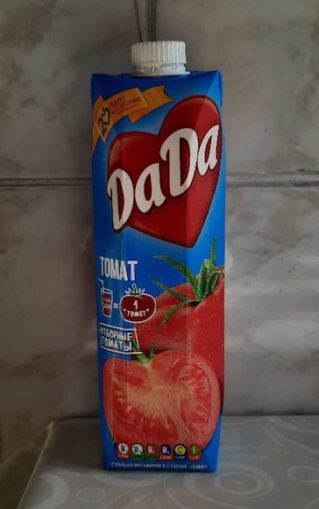
© Always Worth Saying, Going Postal 2022
Landlocked Kyrgyzstan sits in Central Asia (in what old people like me recall as Soviet Central Asia), being the hole in a doughnut surrounded by Kazakhstan, China, Tajikistan and Uzbekistan. Covering 77,000 square miles, a mite smaller than Scotland and England combined, the population is only seven million, albeit three times higher than it was in 1960. The capital is Bishkek, home to about a million souls. Second city Osh, a quarter of the size, lies 376 miles by mountain roads (or 187 miles by Tez Jet) to the southeast.
Kyrgyzstan is further away from the sea than any other country on earth. Therefore, its rivers are not bound for any ocean. They irrigate the lower lands which surround the Tian Shan mountainous region which covers 80% of the country. Within the Tian Chen, the Kakshaal-Too range forms the border with China and boasts Jengish Chokusu which reaches an impressive 24,406 ft, making it the world’s northernmost peak over 7,000 meters.
Bishkek itself is flat and sits at an altitude of 2,600 ft as if atop Coniston Old Man. The road from the airport reveals few hedges with nondescript scruffy grassland organised into strip fields. Snow-capped mountains frame the horizon to the south.
Fun fact: If you travel Kyrgyzstan by motorcycle, you might survive if content to go round and round in circles near the airport. Straying further afield will result in a pothole-related sudden death. Any survivors will be caught out by the absence of both street lights and white paint on tree trunks.

© Always Worth Saying, Going Postal 2022
The city begins when approaching a bridge over the Great Chuy Canal on Fuchik Street. As we continue, we reach Fuchik Park and Fuchik Square, in honour of Julius Fučík, a Czech Communist anti-Nazi martyr. The park also contains a monument to the 4,000 Kyrgyzs who assisted the clean up at Chernobyl when both themselves and the Ukrainians were part of the old Soviet Union.
One of the thoroughfares leading from the square is called Moscow Street. A Russian and Soviet influence pervades Bishkek to this day and is part-explained south of the city at Victory Park. So-called not only because of the 1945 Patriotic War triumph against the Germans but by the lifting of the siege of Leningrad. Soil from Leningrad is buried at the base of the memorial tower as 16,000 Russians, including 3,500 children, settled in the area as refugees after escaping the wartime siege. The city’s railway station was built by German prisoners of war. Few survived. The perished are buried in pits beside the line.
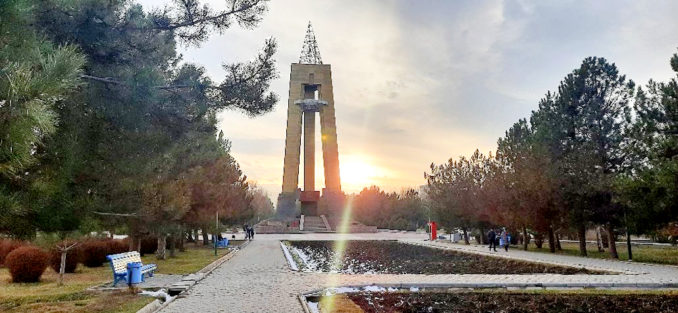
© Always Worth Saying, Going Postal 2022
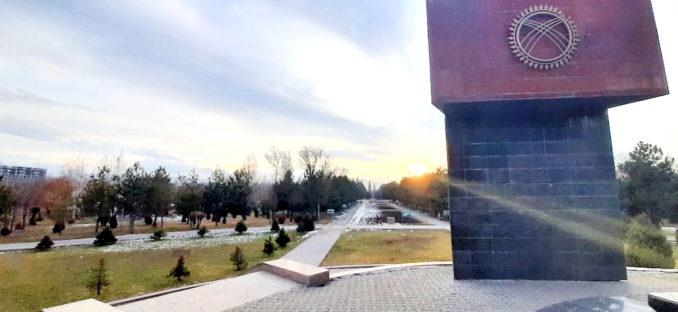
© Always Worth Saying, Going Postal 2022
Bishkek is young. The population in 1876 was only 182. The Russians showed no interest in the remote place until as recently as the 1850s. The oldest parts of the urban area aren’t castles and cathedrals but tree-lined avenues separating blocks of five-story high Khrushchyovka pre-fabricated concrete apartment blocks. These are found all over the former Soviet Union and are named after Nikita Khrushchev who was the First Secretary of the Communist Party when they were built in the 50s and 60s. They are limited to five stories in height because of the absence of elevators. Also in central planning style, to the east of the city, an industrial zone was developed dominated by a surviving coal-fired power station.
With winds travelling far from any ocean, rainfall in the region isn’t high, being about half what we experience in the North of England. The Grand Choy Canal is part of a series of post-war canals built for farm irrigation. Locals tell that the rivers they replaced ran in the general direction of the now arid Aral Sea.
It wouldn’t be facetious to say the newer parts of the capital resemble a gipsy camp. In recent years the urban population of Kyrgyzstan has rocketed. Sprawling subdivisions of improvised housing have been self-built by people drawn to the city in droves, not least because of an end to collective farming as a consequence of the death of Communism. As with such settlements everywhere, some of the dwellings are quite posh but many aren’t.
If you’re baffled by the Russian road signs that’s because they’re not in Russian. Although the writing is Cyrillic, it isn’t Russian. The same alphabet is used but the words are in Kyrgyz. For instance, ‘city’ in Russian is город (pronounced gorod) whereas the Kyrgyz is шаары (pronounced saari).
The local currency is the Som with one Som being made up of 100 Tyiyn.
The Kyrgyz are said to be Turkic people from North-East China who have migrated westwards across the last 3000 years. The word might mean ‘forty’, referring to 40 tribes united into one people by epic hero Manas after whom the airport is named. Or it might mean ‘field people’, referring to the pastoral and nomadic lives they lived until the recent increase in the urban population. What’s for certain is they are keen on horses and enjoy a spacious hippodrome slap bang in the middle of Bishkek.
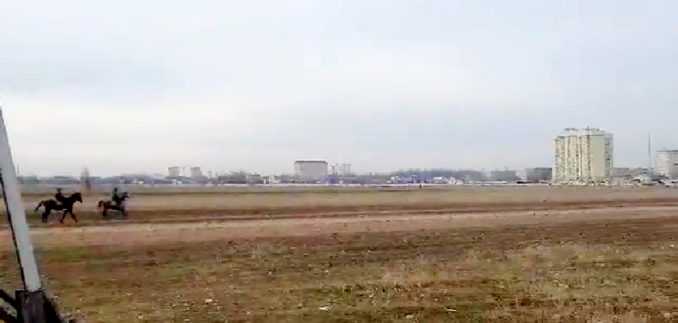
© Always Worth Saying, Going Postal 2022
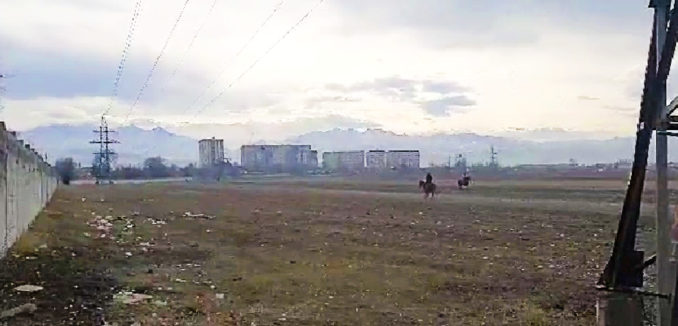
© Always Worth Saying, Going Postal 2022
© Always Worth Saying 2022
The Goodnight Vienna Audio file
Audio Player

